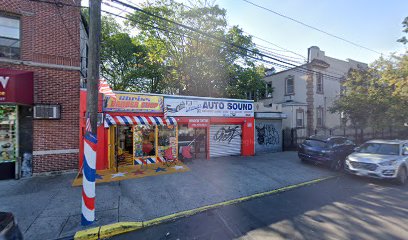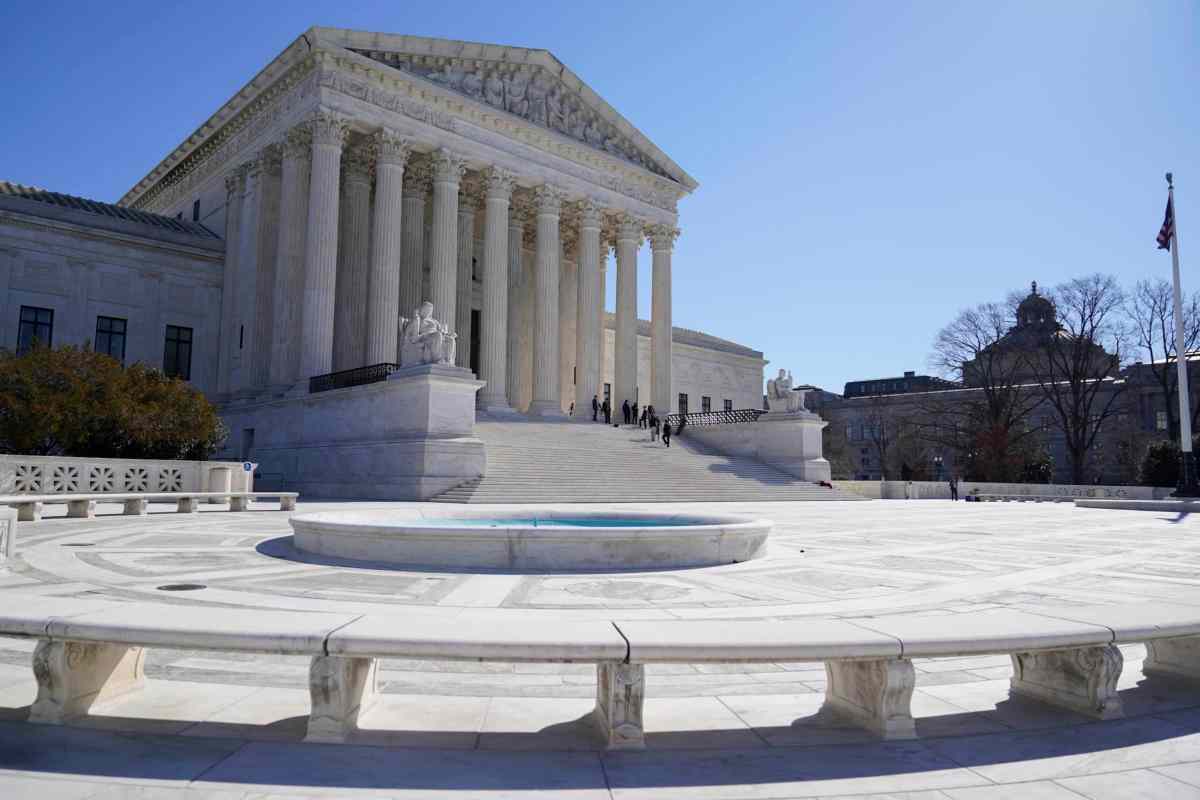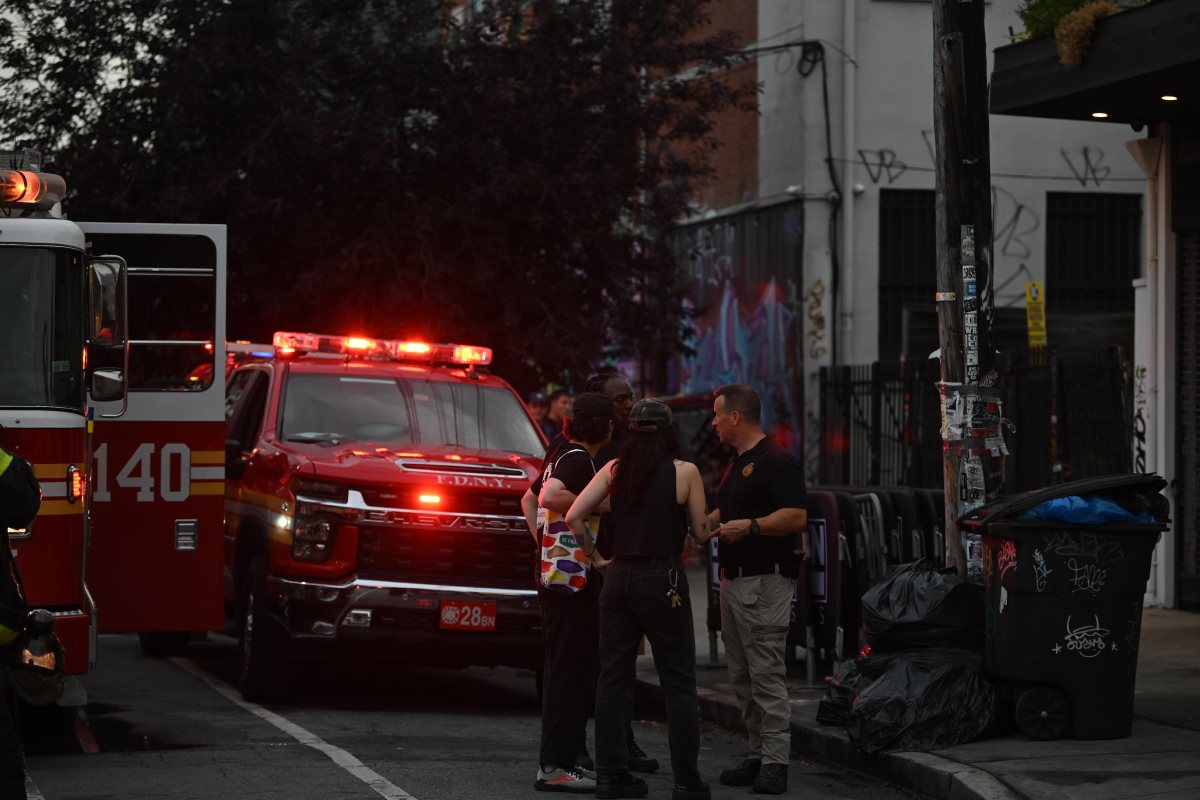You wouldn’t know the Belt Parkway from a hole in the ground.
The pothole-ridden Southern Brooklyn roadway is the city’s most defective, according to a report released by Comptroller Scott Stringer.
More than 700 of the 12,286 property-damage claims made against the city for defective roadways since July 2010 faulted the Belt — nearly 40 percent more than the city’s next-worst roadway, the Grand Central Parkway in Queens.
“If you happen to drive on the Belt Parkway, please know that you are in our thoughts and prayers,” Stringer said.
One local politician noted that the parkway has gotten substantially better along some stretches in recent years, but said the area by the Mill Basin Bridge is a troublesome spot.
“It’s a pleasure to drive on the Belt by Canarsie where the roads have been repaved and the lanes have been widened to match current standards,” said Councilman Alan Maisel (D–Marine Park). “But they are going to be replacing the draw bridge by Mill Basin and they haven’t been repaving there. It’s dangerous. It wouldn’t hurt to put a new layer of asphalt there.”
Construction on the bridge began recently, and the Department of Transportation said it plans to work on potholes in the area this week.
The department said the Belt Parkway numbers are the result of an enormous spike in the number of potholes during the very rough winter of 2013–14, and that the numbers returned to normal this year after an aggressive response from the agency. Indeed the parkway caused 339 claims in the 2014 fiscal year, as opposed to just 58 in 2013, and 61 in the 2015 fiscal year, which ended in June. There as a smaller spike of 122 claims in 2011 following that winter’s heavy snows.
Mayor DeBlasio’s latest budget calls for $1.6 billion for road resurfacing, and the department said it will repave 2,500 miles of road by 2017. That will increase the percentage of roadways in a state of good repair to 80 percent, the best since 1999, according to the department. The current figure is 71 percent.
Stringer said the speed at which potholes are repaired was an issue, noting that an average response time of 6.7 days in fiscal year 2015 was nearly three times longer than the average response time a year ago. He also said that new paving materials could help prevent potholes from occurring in the first place.
“We need to speed up the process of plugging potholes and pilot new and durable materials such as rubberized asphalt and recycled plastic in road resurfacing,” Stringer said. “The goal is to bring down the payouts in these claims and ensure safety for pedestrians.”























